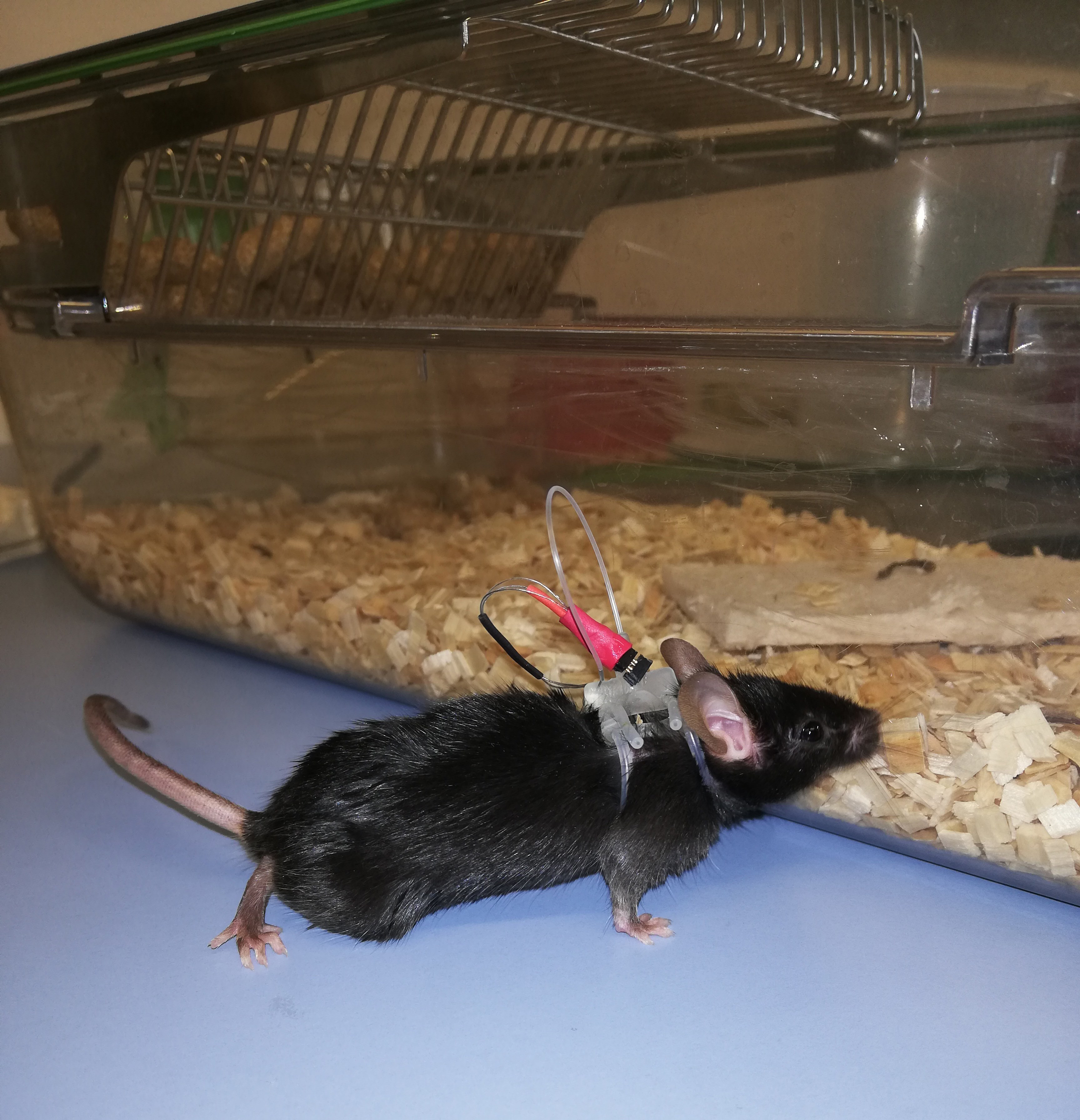A novel mouse urodynamic model for repeated detrusor pressure and external urethral sphincter activity measurements to study obstructed and neurogenic bladder dysfunction
Lower urinary tract dysfunction (LUTD) can develop as the result of bladder outlet obstruction (BOO) and in neurological diseases including spinal cord injury (SCI). A dangerous and potentially life threatening form of neurogenic LUTD is detrusor sphincter dyssynergia, where the detrusor and sphincter muscle contractions are uncoordinated, leading to high pressure voiding, detrusor overactivity and development of residual urine. The ensuing urinary tract infections combined with the high intravesical pressure, if left untreated, cause renal reflux and kidney failure. Similarly, in BOO profound remodelling ultimately leads to the loss of bladder function. It is very difficult to conduct longitudinal studies of these changes in human patients, because development of LUTD is a long process. Therefore, we resorted to animal models of SCI- and BOO-induced bladder dysfunction to study molecular changes in the bladder as disease progresses. Urodynamic investigation is the only objective method to assess bladder function, and we established urodynamic investigations combined with electromyography (EMG) to record the activity of the external urethral sphincter in fully awake mice. This innovative methodology allows the recording of non-voiding contractions equivalent to detrusor overactivity in humans and the appearance of DSD. We are monitoring functional and molecular progression of obstructive and neurogenic LUTD in the mouse models of partial bladder outlet obstruction as well as SCI in different phases of disease characterised by distinct functional phenotypes. This research has high translational potential, which makes it an essential addition to our on-going studies of the mechanisms of bladder remodelling during LUTD in humans.
